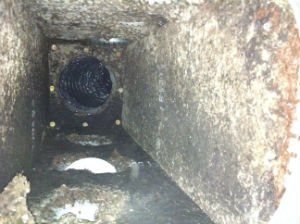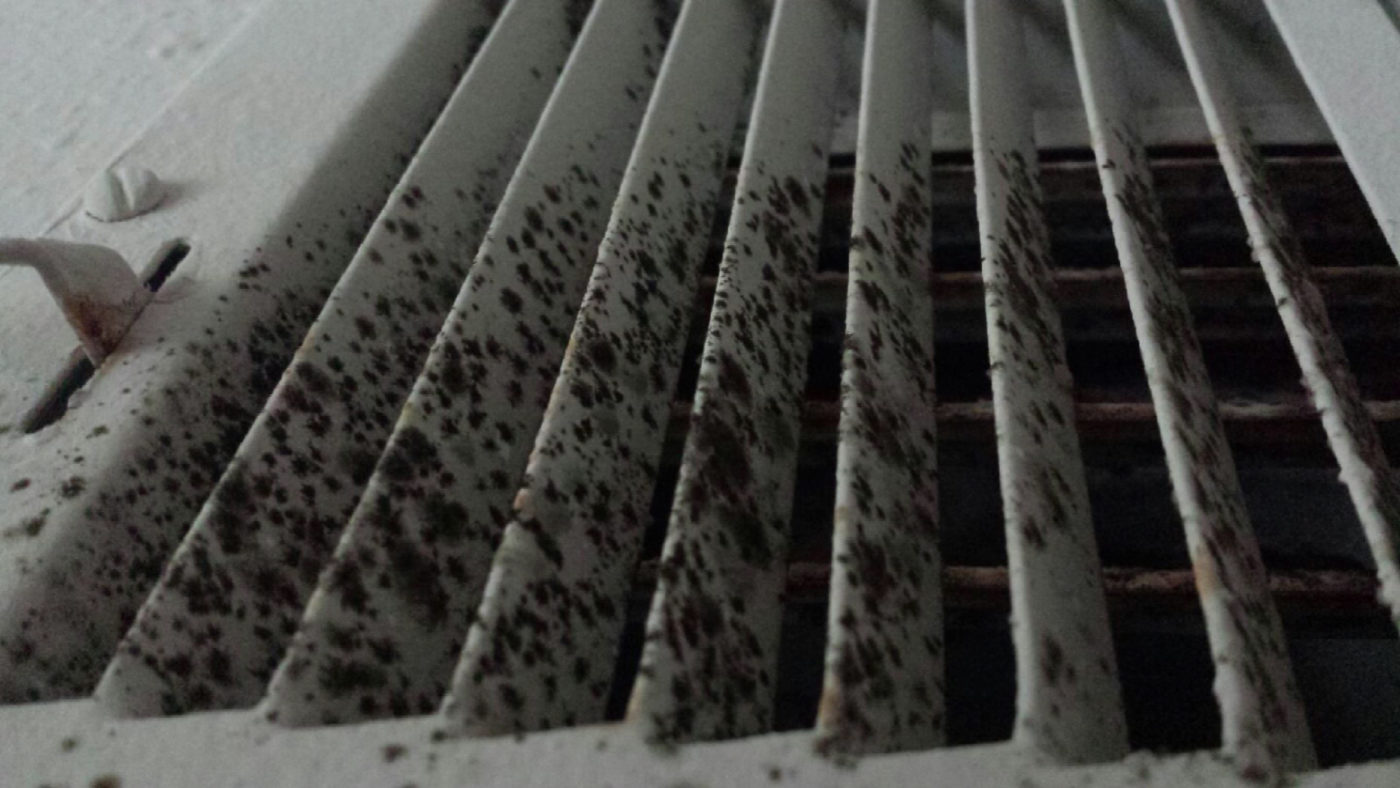Tips
What Causes Mold In Ductwork?
The sinister presence of mold in ductwork can scare a lot of people, mostly because it’s actually everywhere, just mostly unseen. Mold is a fungus that spreads and grows via spores, their reproductive units, and these spores take root in moist environments. The spores can’t really be avoided, as they float all around us all the time, but homeowners can make sure that these floating buggers don’t have any place to stay. When the weather gets humid or moist, use these tips to keep an eye out for the growth of mold in your air ducts.

Do I Have Mold In My System?
Condensation on the ductwork can be easily missed by homeowners, and while it sounds natural – condensation is just another part of the water cycle, right? – there’s a reason your system has drainage in place. The dripping caused by condensation doesn’t just stay in your ductwork, either; it can get into the insulation, spreading more problems around your house. These problems include the growth of mold, who love dark, out-of-the-way corners in which to thrive.
Even a little bit of standing condensation left alone for the right amount of time increases the possibility of mold spores finding the perfect habitat to take a hold in. Mold really multiplies in humid weather and can take as little as two days to grow and proliferate. The ductwork, circulating the air through your home, can lead to the spread of mold, compounding the problem.
Sometimes, detecting the mold in ac ductwork is as little as taking a brief look at your system, intake vents, or drip pan. The bacteria can also cause a strong smell of mildew that’s carried throughout your home, making it hard to miss. The worst problems can be the health effects, which are rarer but still a serious cause for concern: allergic reactions and small respiratory problems on one end, and more extreme health concerns caused by toxic black mold growth on the other.
 What Can I Do About the Mold?
What Can I Do About the Mold?
Constant vigilance is the best remedy, as you can find a mold problem before it has a chance to spread. Take care to check on your ductwork regularly, but especially when the weather is humid. Growth begins with water, so do a check of your home, especially the basement, and look for any dark spots, standing water, or other signs that there’s too much condensation accumulation.
If you’re having a problem that could lead to mold, start at the beginning of your system. The mold that grows in your ductwork can get the breath of life from the most central components, so make sure the blowers, air handler, and the plenum are in good shape and moisture free. Examine your system’s drain and condensation pans to make sure they are empty and draining properly. A plugged condensation drain will let moisture accumulate and give the mold a smorgasbord. Do these steps regularly – it won’t take too much time and can really save you in the future.
To guarantee there’s no mold in your system, you should have a qualified expert come and examine your system. Mold can spread beyond the metal confines of your ductwork, and if it gets between the insulation, it is extremely costly to remove. As well, if you’re detecting too much moisture, contact an HVAC specialist to have this taken care of before the mold catches on. Preventative action is the best action!


